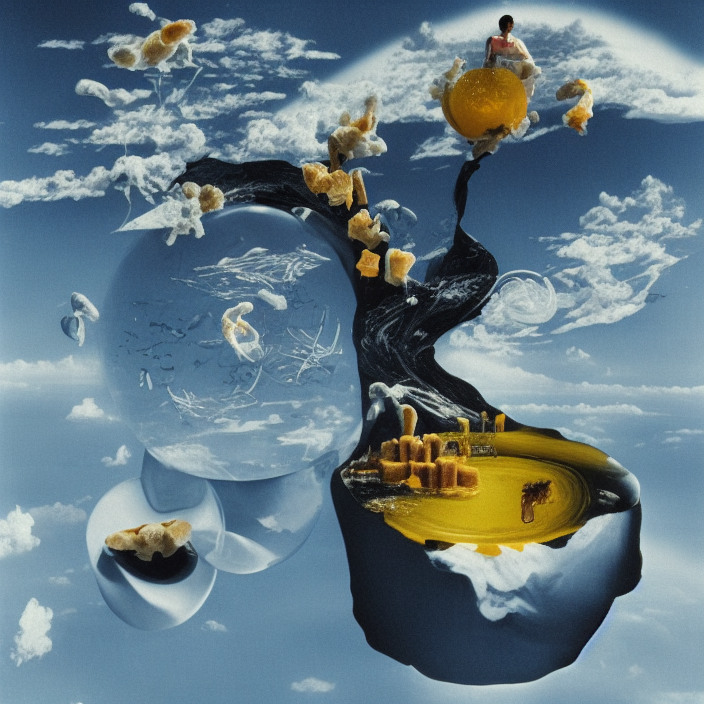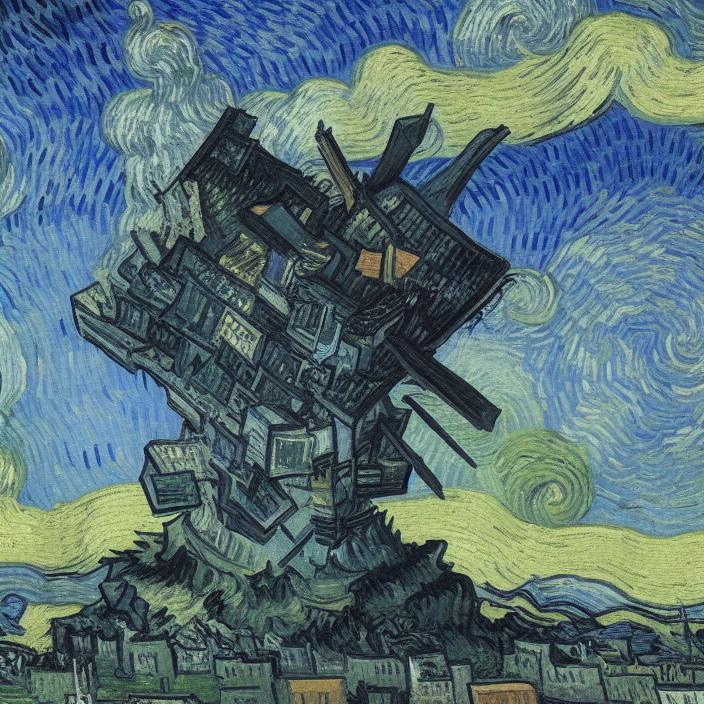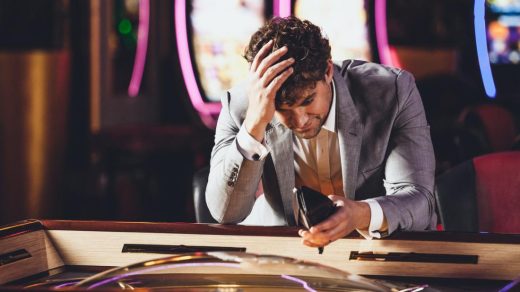
It has been my understanding, since growing up in a household of artists, that creativity is a sacred and intrinsic aspect of the human consciousness. Throughout history the visual arts are often viewed as one of the chief means of expressing this creativity. Phrases like ‘A blanket canvas’ or ‘The drawing board’ come to mind as manner of saying creativity is yet to be expressed. Technological advancements have been paired with this means of creative expression, from the invention of the photo camera to the advent of the digital image editing software, which in many senses can be interpreted as tools which enhanced this creativity. However, in recent months, not even years, there seems to have been a seismic paradigm shift regarding creative visual tools with the development AI text to image generators.
New
Naturally, when such immense steps forward in technology come readily available to the public there are always varying reactions, however this development as caused quite a stir. In recent weeks an AI artwork caused some uproar online when it won first prize in an art competition. Visual creator and members on the online community are rightly concerned about the effects that this may have on the already struggling visual arts industry. Just as miniature painters suffered greatly with the introduction of commercial photography, technological development always invites the risks of man being replaced by machine.[1] However in this case many feel as though it is a bridge too far, as visual arts purist would say that this new digital technology is a threat to this means of expression which is and has been so closely tied to the concept of human creativity. Although these concerns are well founded this technology also seems to open a limitless bounty of new creative protentional, and its difficult not to be excited and curious about it. Furthermore, the fact this has created such a controversy in artistic spheres I think can only be a good thing, almost as though were witnessing history.

Created
An important element of this to bear in mind, even as some panic for the sake of human creativity, that another core element of creating visual art is the intention to do so. As just Duchamp intended for his urial to viewed as an artwork users intend to create an artwork with their text prompts. It is my feeling that it is this intend that allows for technologies such as this to be regarded as a creative tool and not necessarily a creative generator. This is an idea that I founded particularly interesting as I played around with beta version of dreamstudio.ai online were the moments in which the software failed or perhaps struggled to interpret the entirety of my prompts. In these circumstances I saw images which had not been conceived by the intention of my prompt but instead the intention of the AI to fulfil my idea. In the included image seen above it is clear that the software is understanding elements of my prompt but in its failure to execute it has created something completely new which by no means reflects my intention as creator. This essential raises the question, who is it that is creating and therefore being creative, man or machine.
Sources:
[1] Rooseboom, Hans, and John Rudge. “Myths and Misconceptions: Photography and Painting in the Nineteenth Century.” Simiolus: Netherlands Quarterly for the History of Art 32, no. 4 (2006): 291–313. http://www.jstor.org/stable/20355339.
https://beincrypto.com/ai-art-wins-art-competition-invokes-metaverse-social-media-melts-down/




Recent Comments